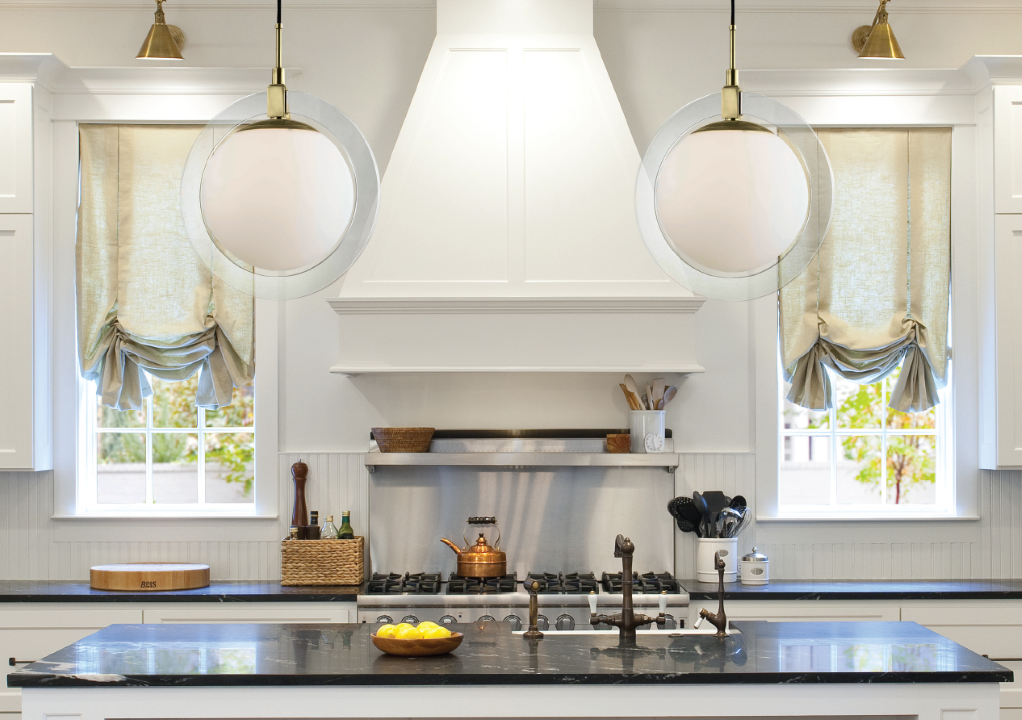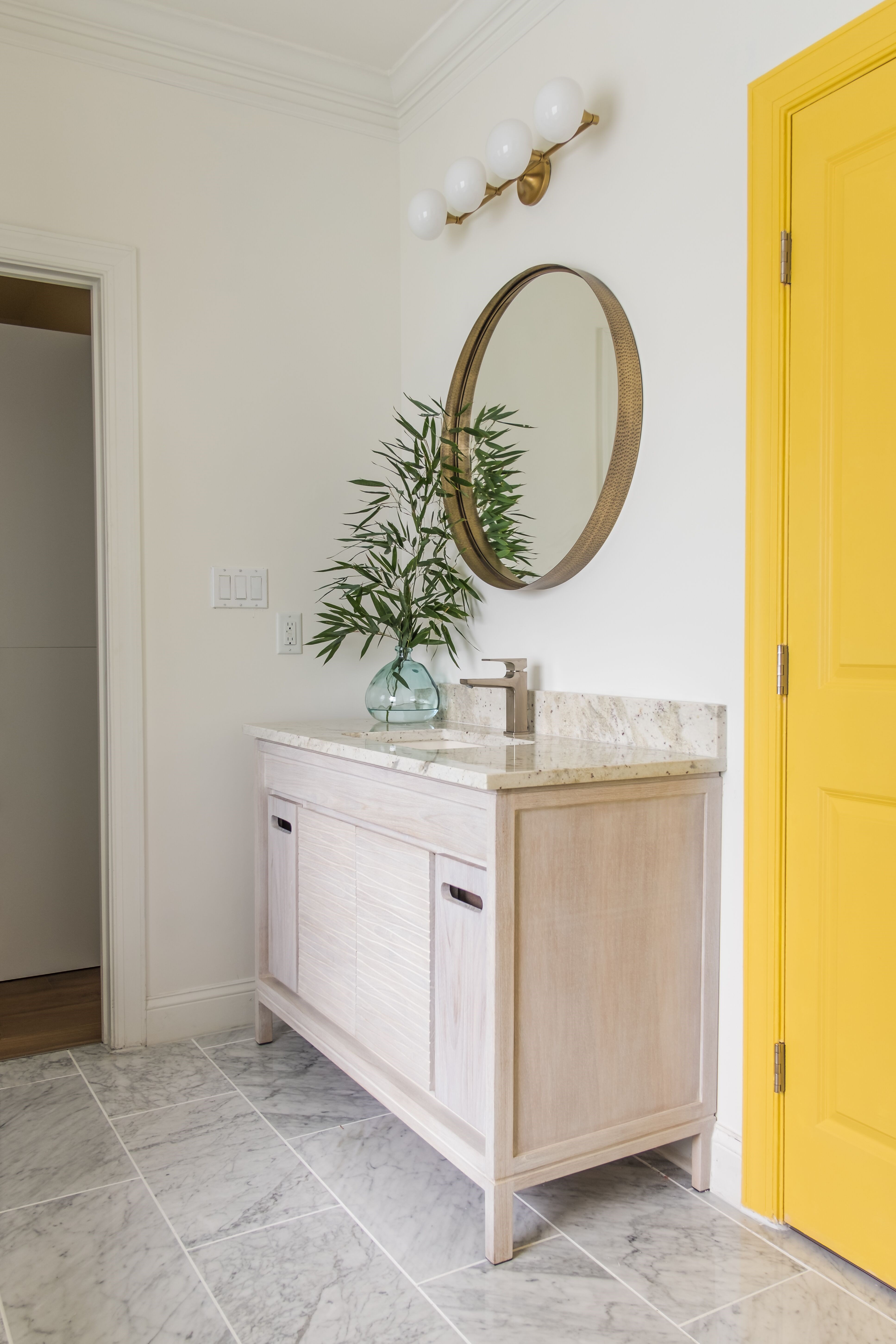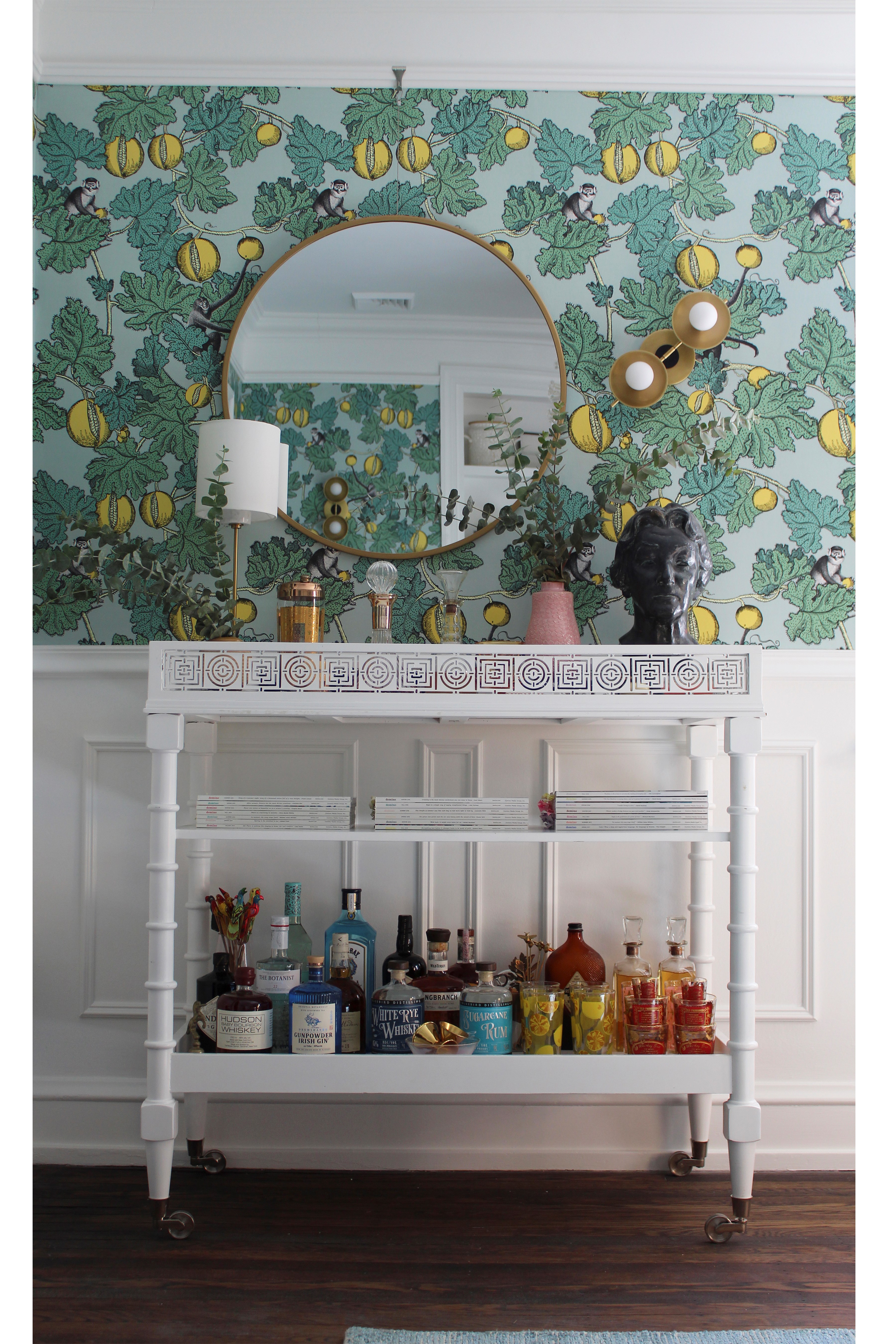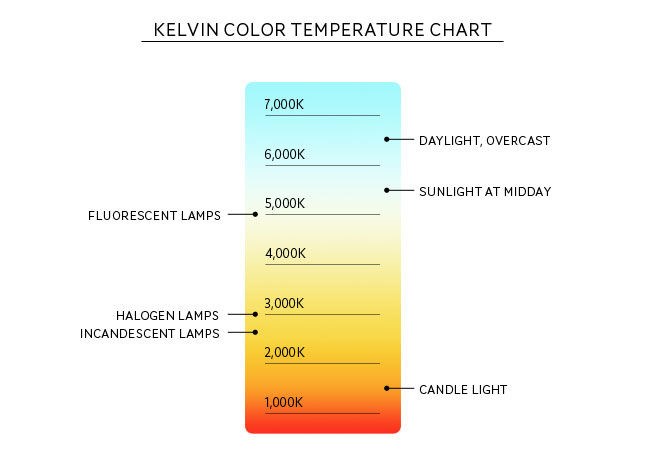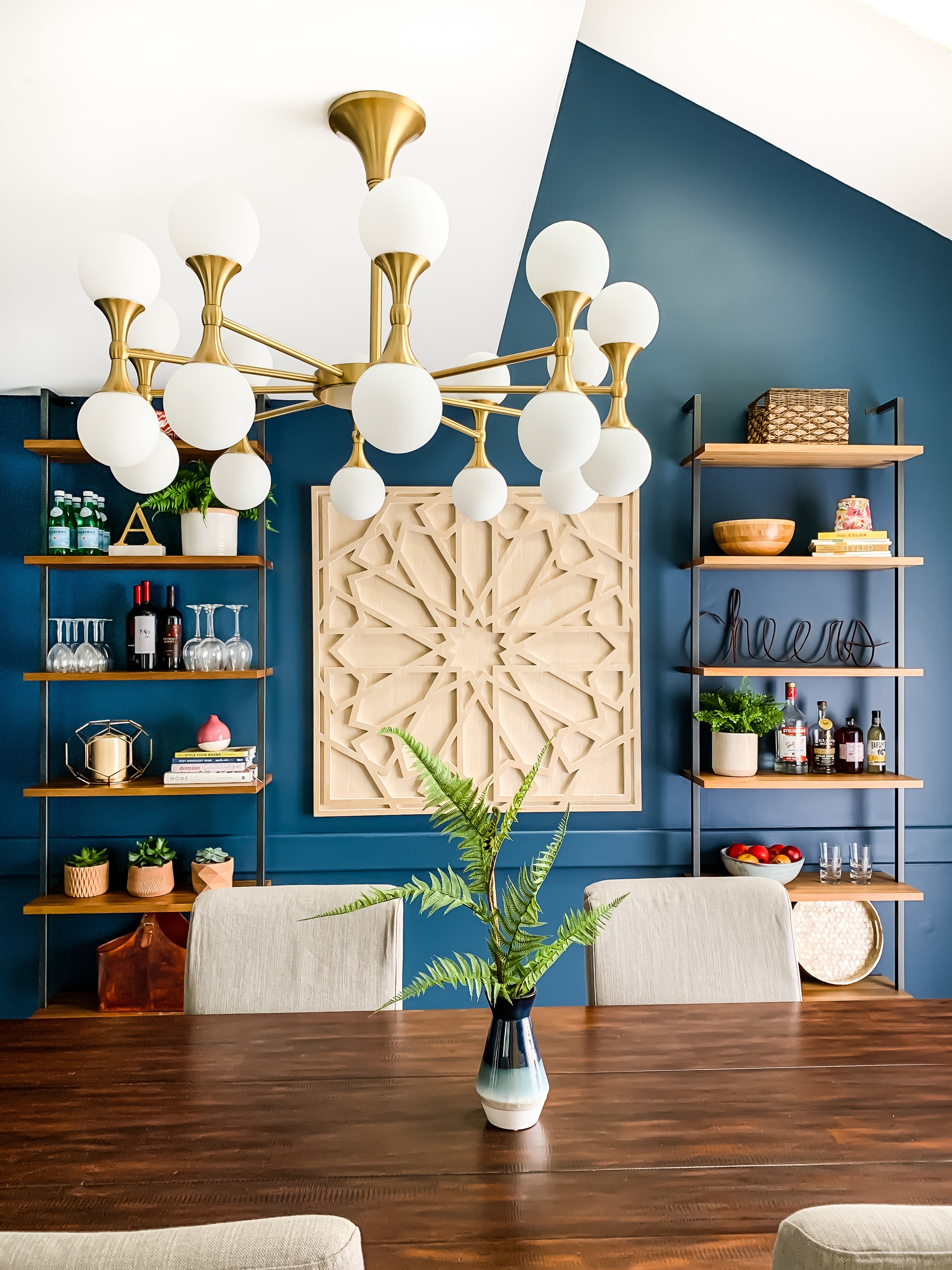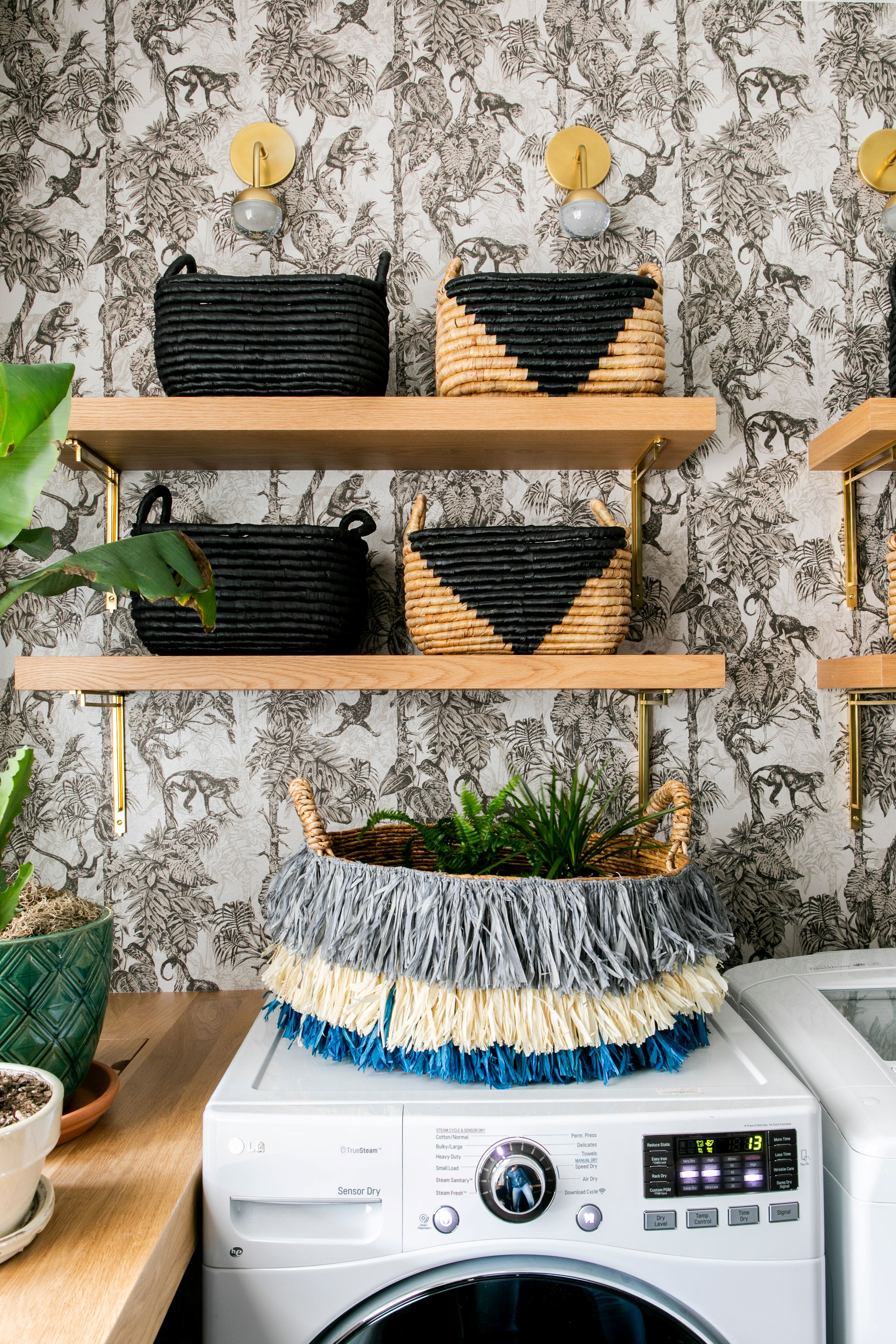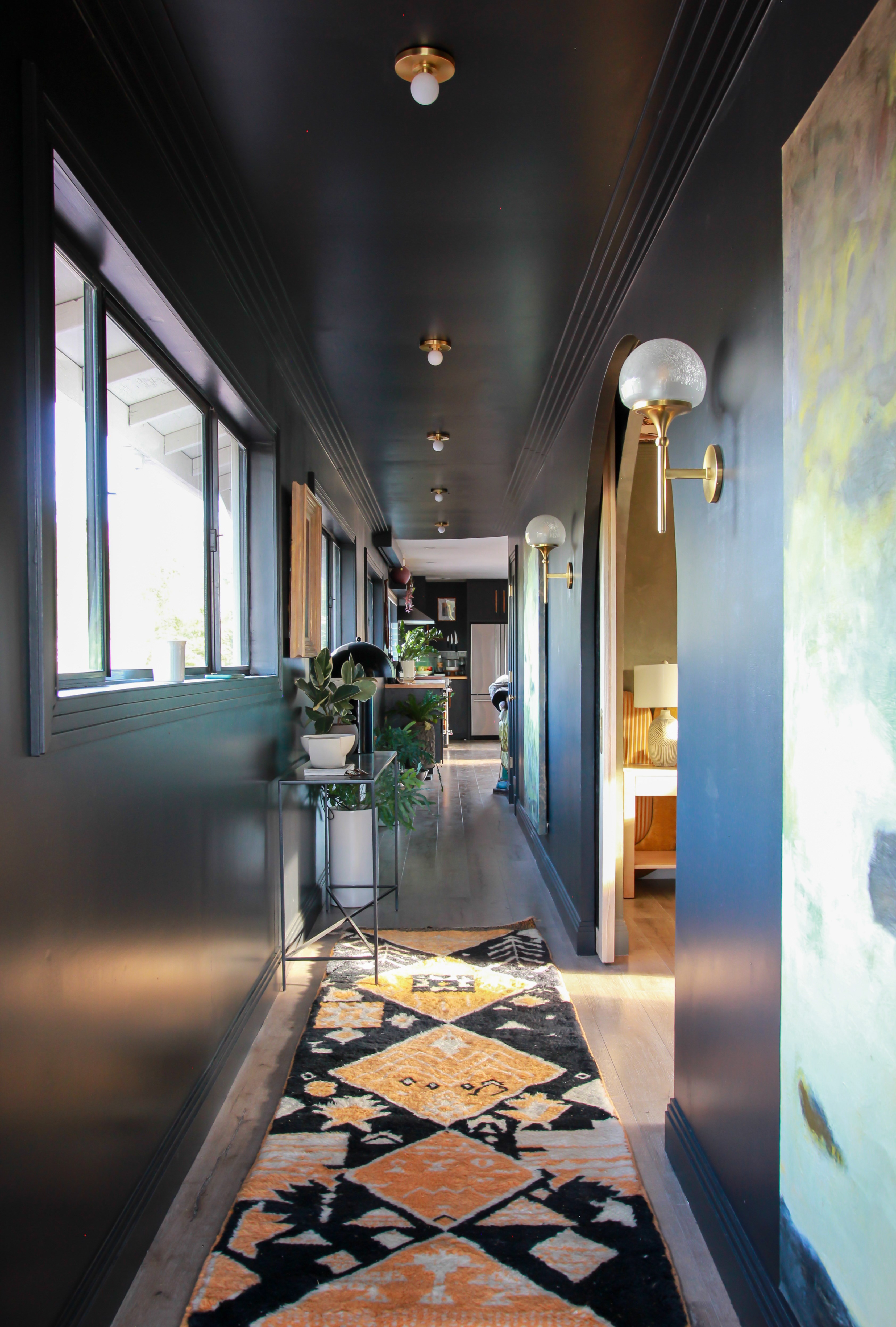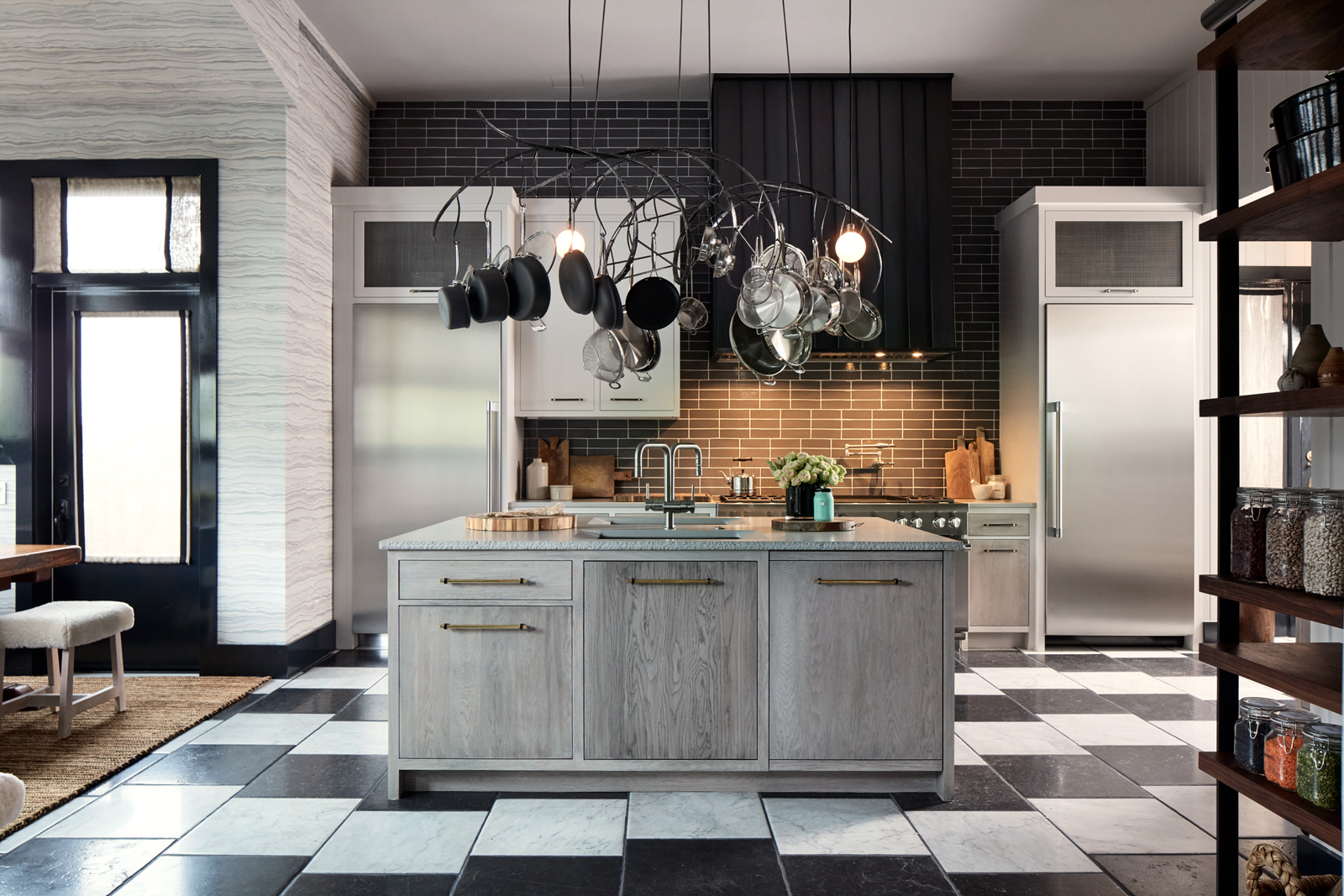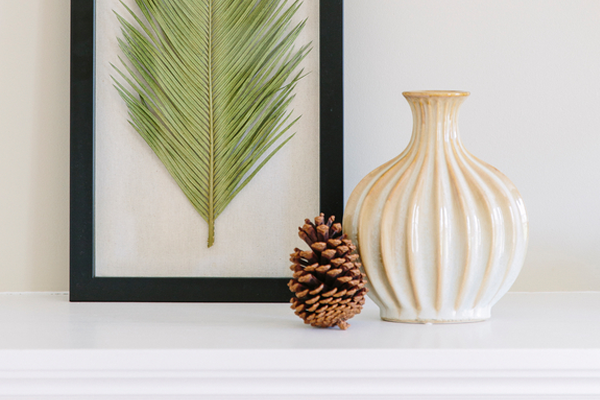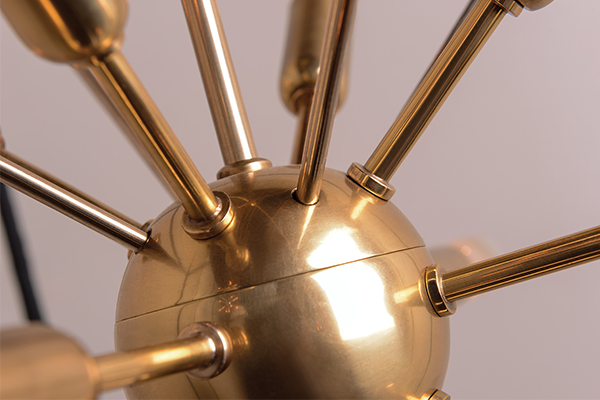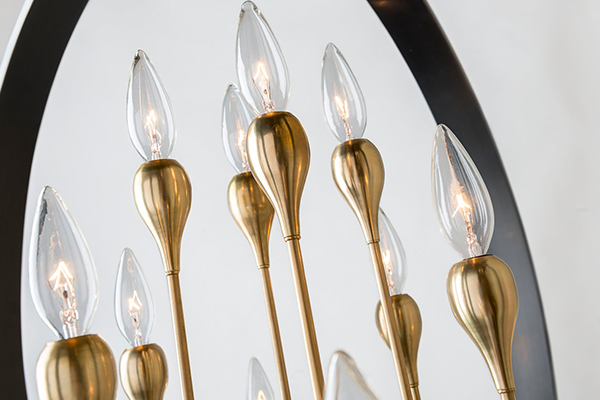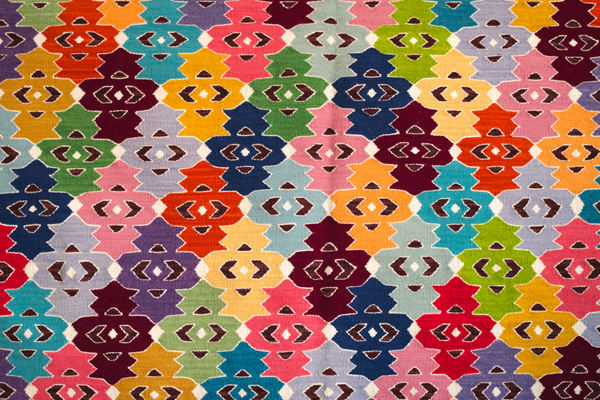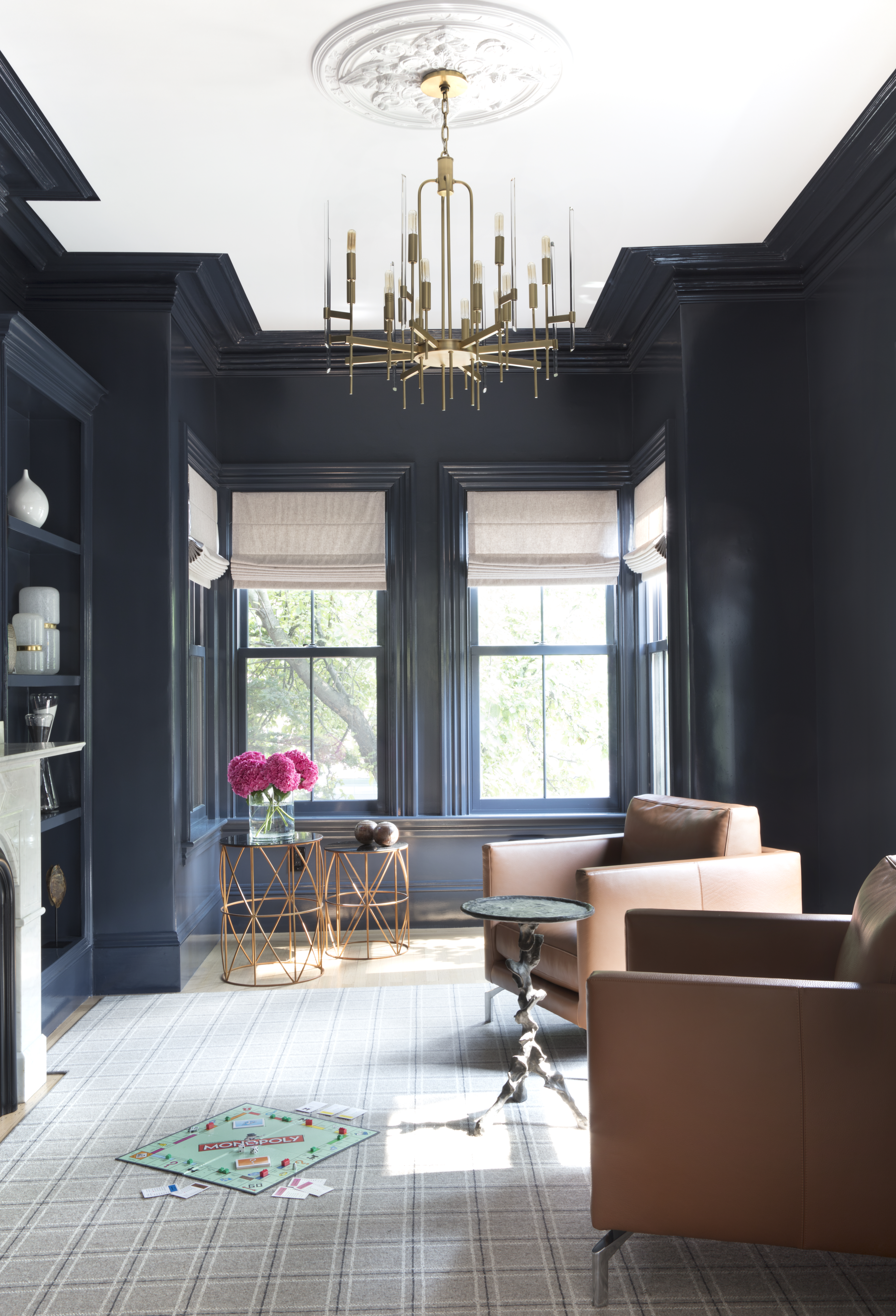In our post, Exposed-Filament & Edison-Style Bulbs: Turn of the Century Lighting, we discussed the long road to the incandescent light bulb and the electrical system that allows everyone to have light at home. In that post, we also paused to admire the aesthetic beauty of these bulbs and the warm light they cast off, noting their comeback and the objections to their widespread use.
We love incandescent bulbs. We love their warm light; we love their ability to render color; we love their familiarity. But we're a company that looks to the future and loves to make use of emerging technologies and techniques. There has been a whole heck of a lot of emerging tech in the world of lighting over the three decades we've been in this game.
Just think back to 2000-2001 for a moment. What were cellphones like? Did anything have a touch screen? Did anyone ever utter the phrase, "social media?"
That same accelerated technological growth has occurred in some other fields. Lighting has been one of them.
While light-emitting diode (LED) technology has been the clear leader in terms of energy conservation and duration before replacement, there have been aspects about it that have not made it ideal for home use, from an aesthetic standpoint.
That has changed. To assist you in making informed decisions, this post briefly familiarizes you with the facts about light as it stands today. How we measure it. How we rate it. What factors to consider in choosing light sources. Let's get started.


